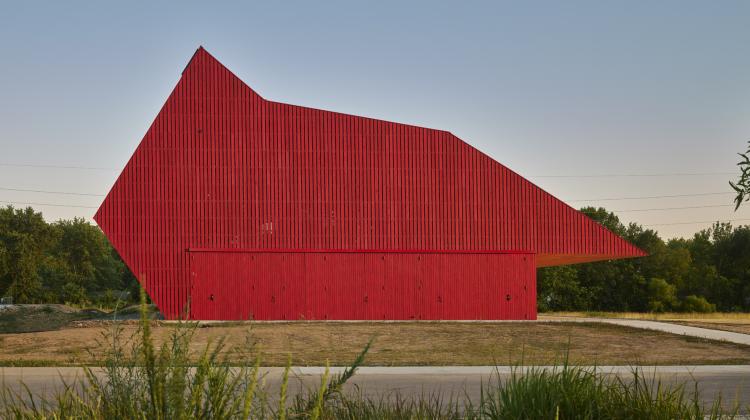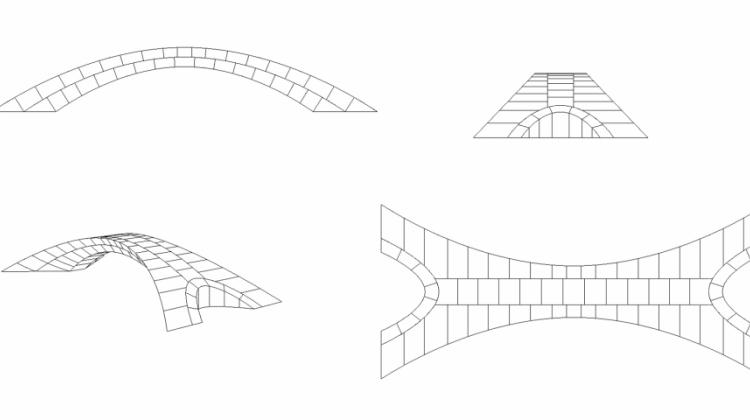Undergraduate Architecture + Design
- Image
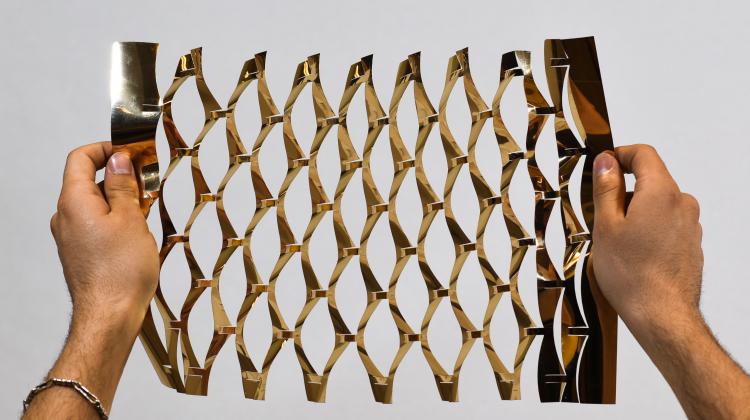
Auxetic Reflections- Daniel Landez, Violetta Jusiega, Maya Koneval. Design Techniques and Technologies led by J Jih.
- Image
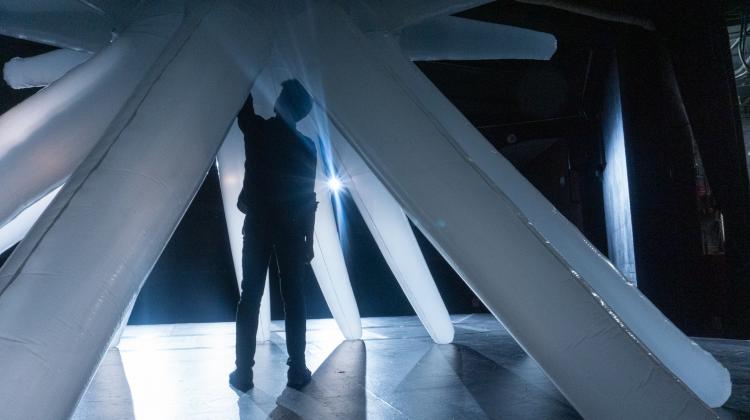
Inflatable Archetypes- Seif Eses, Erica C. Liu, Fiona Libby, Leslie Yan, Natasha Hirt; Clare Liu, Jose Martinez. Design Techniques and Technologies taught by J Jih Danniely Staback Rodriguez.
- Image
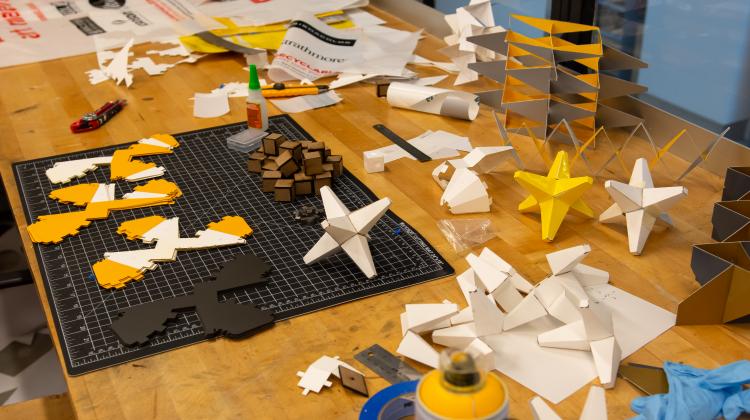
Design Studio: How to Design
- Image
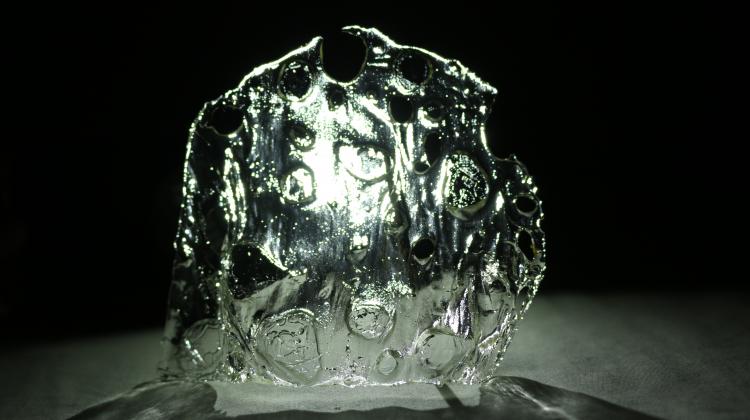
Design Techniques and Technologies taught by J Jih. Project by Allison Serio.
- Image

Inflatable Structures- M. Tan, N Kramer, A. Gatta, F. Li, K. Guo, N. Jacobsen. Introduction to Design Techniques and Technologies taught by J Jih.
- Image

Wobble Chair- Katie Bacher. Design Objects and Interaction taught by Marcelo Coelho.
- Image

Ortho Chair- Violetta Jusiega. Design Objects and Interaction taught by Marcelo Coelho.
Contact
Paul Pettigrew
Associate Director of Undergraduate Programs
paulpett@mit.edu
Tessa Haynes
Academic Programs Manager
thaynes@mit.edu
Overview
The MIT Department of Architecture offers two undergraduate majors providing a deep and broad undergraduate education in the fields of architecture, art, and design. Course 4 leads to the Bachelor of Science in Architecture (BSA), and Course 4-B leads to the Bachelor of Science in Art and Design (BSAD). Additionally, The MIT Department of Architecture offers undergraduate minors in Architecture, Design, History and Theory of Architecture Art and Design (HTC), and Art Culture Technology (ACT).
Situated in MIT's rich and intense educational environment, architecture and design programs emphasize the interconnected relationship between architecture, design, building technology, computation, and the history, theory and criticism of architecture, art, and design. The Architecture Department's extensive offerings reflect the commitment to cultural, social, political, technological, and ecological issues of the built environment, and the teaching of art and design not just as a means to an end, but as a form of knowledge and creative practice. Committed to a rigorous and interdisciplinary approach, all programs challenge our students to be creative, innovative, and responsible leaders in the field.
The curriculum is structured to teach essential basics in multiple disciplines and provide flexibility for exploration. The range of studios, lectures, workshops and seminars provides an active learning environment in which individual creativity and criticality can be nurtured. The programs are continually evolving to engage new ways of thinking about architecture, art and design.
Approximately 250 students register in the department each year, of whom approximately 120 are pursuing an architecture or design major, minor, and/or humanities & social science concentration. The Department offers over 100 courses annually (graduate + undergraduate) taught by a faculty of 55. Undergraduate courses provide a teacher to student ratio rarely greater than 1 - 10, with additional teaching assistants from the MIT Architecture’s graduate programs
Degrees
See Undergraduate Programs for degree requirements.
Bachelor of Science in Architecture
Students graduating from the Bachelor of Science in Architecture often choose to go on to graduate school to earn a Master of Architecture. Others enter into related fields or the profession. Most states require that an individual intending to become an architect holds an accredited degree. There are two types of degrees that are accredited by the National Architectural Accrediting Board (NAAB): 1) the Bachelor of Architecture, which requires a minimum of five years of study, and 2) the Master of Architecture, which requires a minimum of three years of study following an unrelated bachelor’s degree.
These professional degrees are structured to educate those who aspire to registration/licensure as architects. At MIT, M.Arch. is the professional degree program. MIT undergraduates who wish to study architecture do so while satisfying the General Institute Requirements (GIRS), which give them the exposure to the humanities and sciences needed to provide a well rounded education as a foundation to their architectural education. The four-year Bachelor of Science in Architecture degree is not accredited by the NAAB but is structured to provide a strong foundation for those pursuing the field of architecture as preparation for either continued education in a professional architecture degree program or related field such as landscape architecture, urban planning, visual arts, media arts and architecture or art history.
Bachelor of Science in Art and Design
The Bachelor of Science in Art and Design provides a rigorous but flexible program of study in which students learn fundamental principles of art and design and pursue an area of concentration across a spectrum of possibilities. The curriculum is strongly rooted in MIT's "mens et manus," or mind and hand, ethos. It offers a rigorous conceptual foundation along with strong practical skills that can be applied across diverse design domains.
In studios, students are introduced to the design process from concept to completion — through critical thinking, experimentation, and representation and physical production techniques. Studio-based learning is complemented by seminars and lecture subjects which situates design within diverse historical, cultural, social, and technological contexts. Art and design are taught as context dependent, beyond the narrow requirements of the artifacts to be designed, and as a means of interrogating the dynamics of society and culture in relation to the user.
The objective of this program is to prepare student to pursue diverse career paths in multiple areas of art and design from product design to visual communication to information design to 2D and 3D art practices and more. It enables graduates to take advantage of the many emerging design and art opportunities in industry and academia.
Minor Programs
The Department offers four minors:
- Architecture
- Art, Culture and Technology (HASS)
- Design
-History of Architecture, Art + Design (HASS)
Students who successfully complete a minor program will have the field of study specified on their student transcript, thus giving recognition of focused work in the discipline.
HASS Concentrations
The HASS concentration is an integral part of the General Institute Requirements. The two HASS Concentrations offered by the Department of Architecture are:
- Art, Culture and Technology
- History of Architecture, Art and Design
In consultation with the Concentration Field Advisor, students develop a program of four related subjects to promote increased knowledge in that particular field.
News + Events
People
Paul Pettigrew
 Associate Director of Undergraduate Programs
Associate Director of Undergraduate ProgramsSkylar Tibbits
 Associate Professor, Director of Undergraduate Programs, Assistant Director for Education at the Morningside Academy for Design
Associate Professor, Director of Undergraduate Programs, Assistant Director for Education at the Morningside Academy for DesignCarrie Norman
 Assistant Professor, Director of Undergraduate Major and Minor Programs
Assistant Professor, Director of Undergraduate Major and Minor ProgramsTessa Haynes
 Assistant Director of Academic Programs
Assistant Director of Academic Programs



